1500+ ★★★★★ REVIEWS
Why Does Hair Thin as We Age? Causes and Solutions
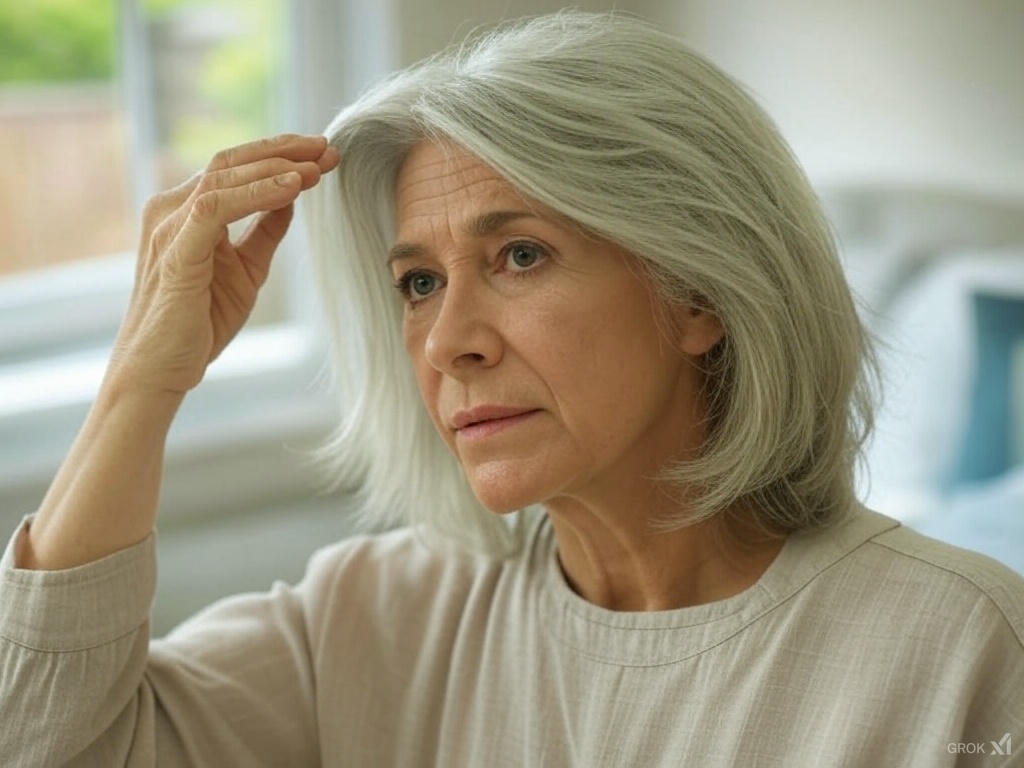
Aging brings many changes, and for countless individuals, thinning hair becomes a frustrating reality that chips away at confidence. What once was thick and voluminous can gradually turn sparse and fine, leaving people wondering why this happens and what can be done. The truth lies in a mix of biological shifts, lifestyle factors, and time’s inevitable toll on the body. This article uncovers the reasons behind age-related hair thinning and explores practical solutions to help maintain fuller, healthier hair as the years go by.
Table of Contents
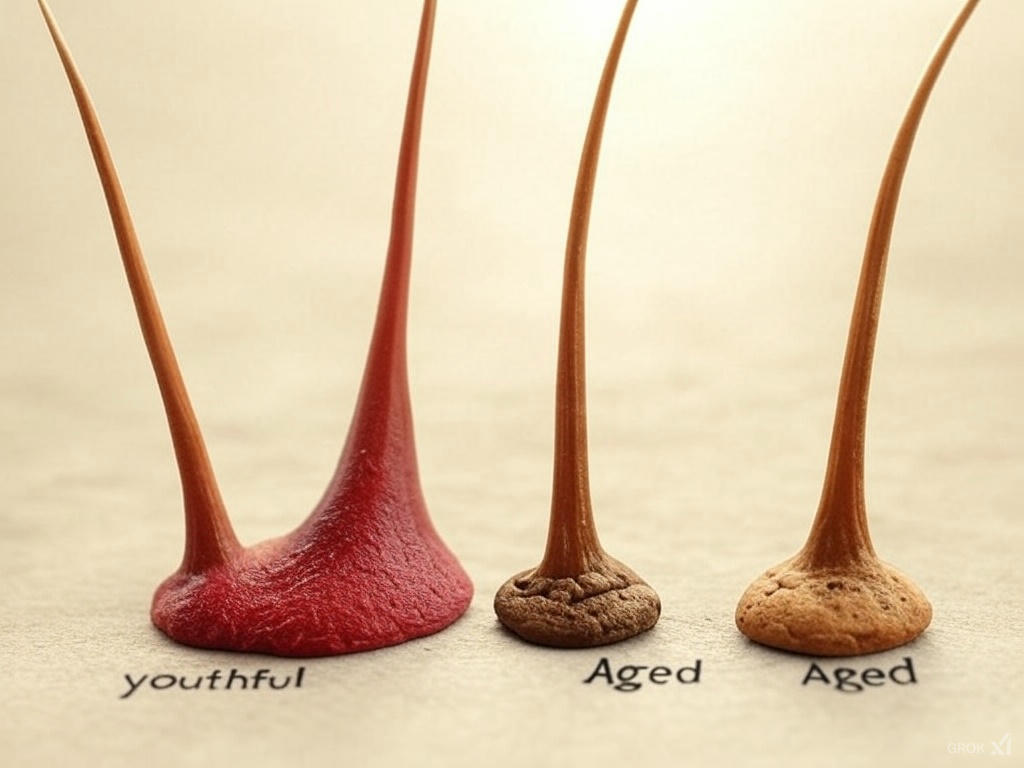
The Natural Aging Process and Hair Follicles
As we age, hair follicles—the tiny structures beneath the scalp that produce hair—undergo a natural decline in function, shrinking over time and producing thinner, shorter strands. This happens because the growth phase of the hair cycle, known as anagen, shortens, while the resting phase lengthens, reducing overall hair density. Collagen and elastin in the scalp also diminish, weakening the support system for follicles. According to the American Academy of Dermatology, this gradual process is a normal part of aging, though its extent varies widely between individuals.

Hormonal Changes and Their Impact on Hair
Hormones play a starring role in hair thinning as we age, particularly during milestones like menopause or andropause, when estrogen and testosterone levels shift dramatically. In women, declining estrogen can weaken hair strands, while in men, rising dihydrotestosterone (DHT) shrinks follicles, a key factor in male pattern baldness. These hormonal fluctuations slow the hair growth cycle and reduce strand thickness. The Endocrine Society explains that while these changes are largely inevitable, their effects on hair can sometimes be mitigated with targeted interventions.
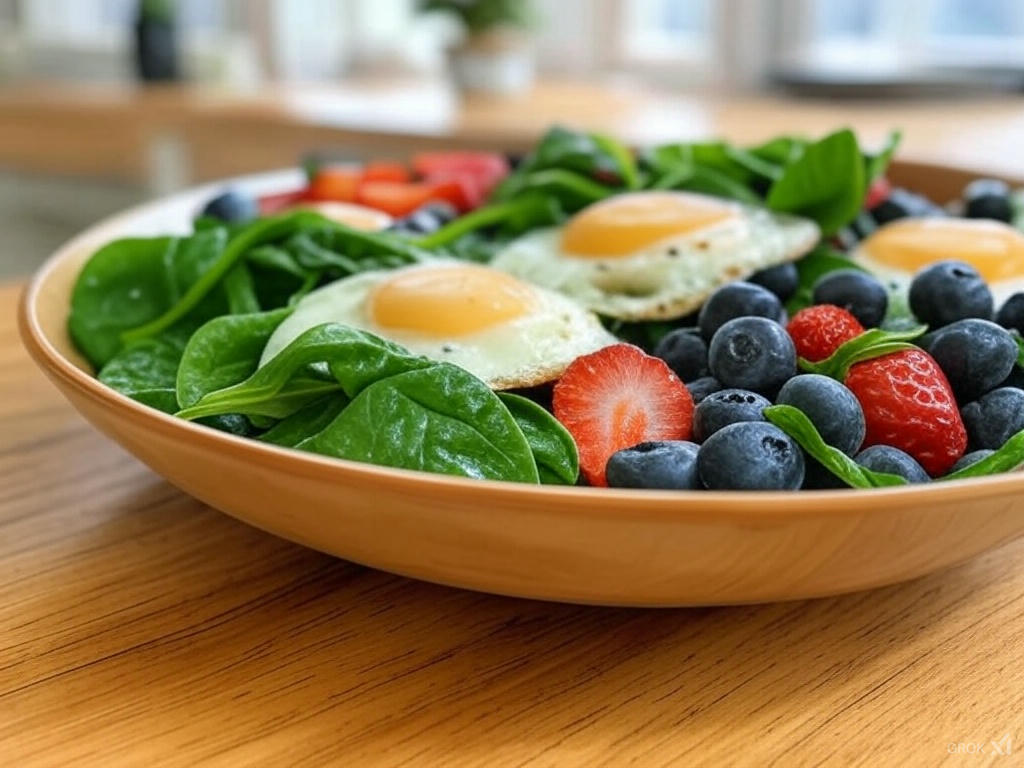
Reduced Nutrient Absorption in Older Adults
Aging doesn’t just affect hair follicles directly—it also hampers the body’s ability to absorb nutrients essential for hair health, like iron, zinc, and biotin. As digestion and metabolism slow, deficiencies become more common, starving follicles of the fuel they need to produce robust hair. Poor circulation, another age-related issue, further limits nutrient delivery to the scalp. Research from the National Institutes of Health highlights how this nutritional decline contributes to finer, more brittle hair, underscoring the importance of diet in combating thinning.
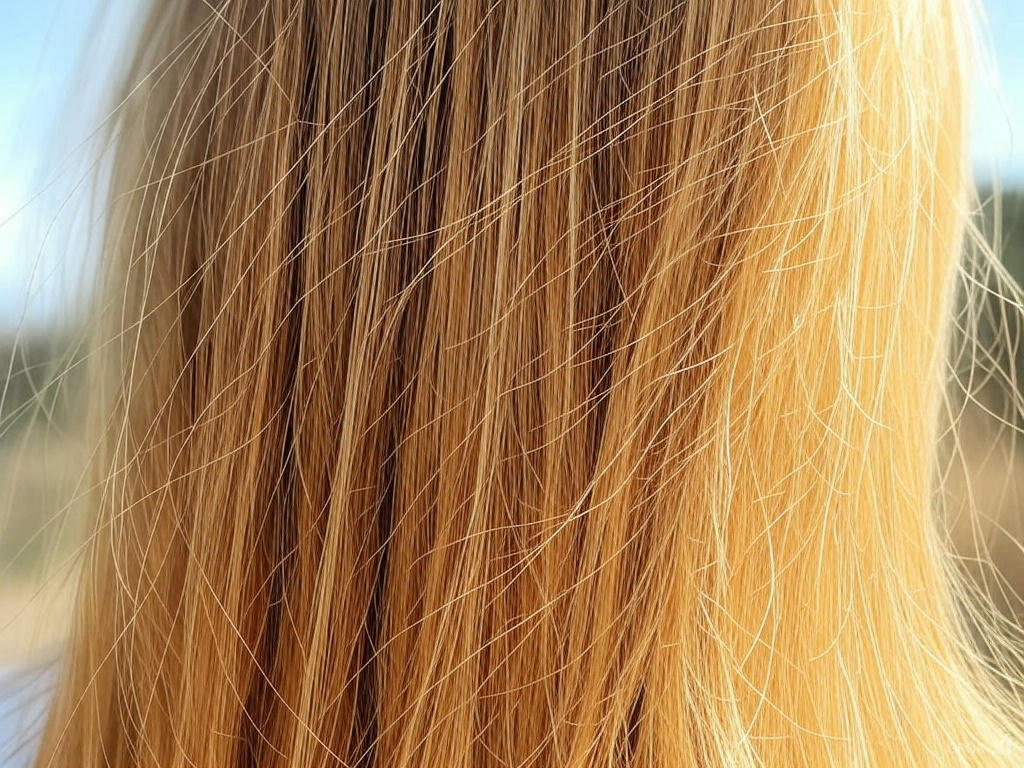
Environmental Damage Over Time
Years of exposure to sun, pollution, and harsh styling take a cumulative toll on hair, weakening its structure and accelerating thinning as we age. UV rays break down keratin, the protein that forms hair, while pollutants clog follicles and inflame the scalp. Decades of heat tools or chemical treatments add to the damage, leaving strands more prone to breakage. The Cleveland Clinic notes that this environmental wear-and-tear compounds natural aging, making protective care a critical piece of the puzzle.
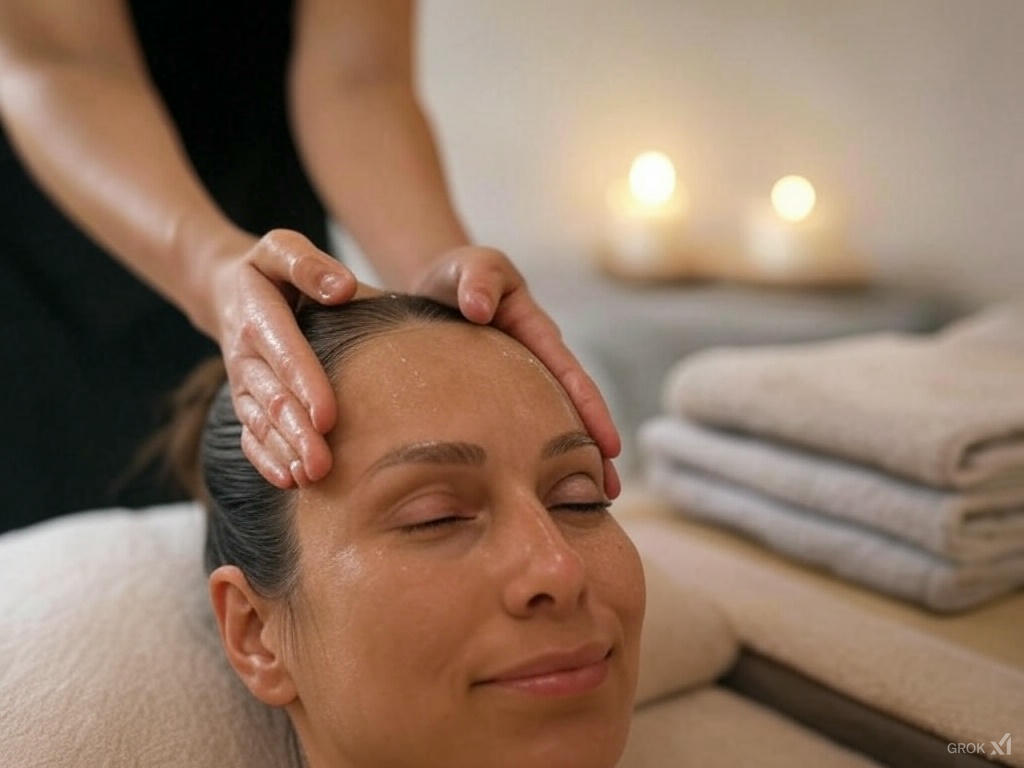
Solutions to Combat Age-Related Hair Thinning
While aging can’t be stopped, its impact on hair can be softened with the right approach, starting with a nutrient-rich diet full of protein, vitamins, and minerals to support follicle health. Gentle hair care routines—think sulfate-free shampoos and minimal heat—preserve what’s left, and scalp massages boost circulation to encourage growth. Consulting a dermatologist for treatments like minoxidil can also help, as can exploring aesthetic options for instant volume. The Mayo Clinic advocates a multi-pronged strategy, and for those seeking quick fixes, Hottie Hair’s Hair Topper Extensions in Las Vegas or Mesh Integration offer stylish support.
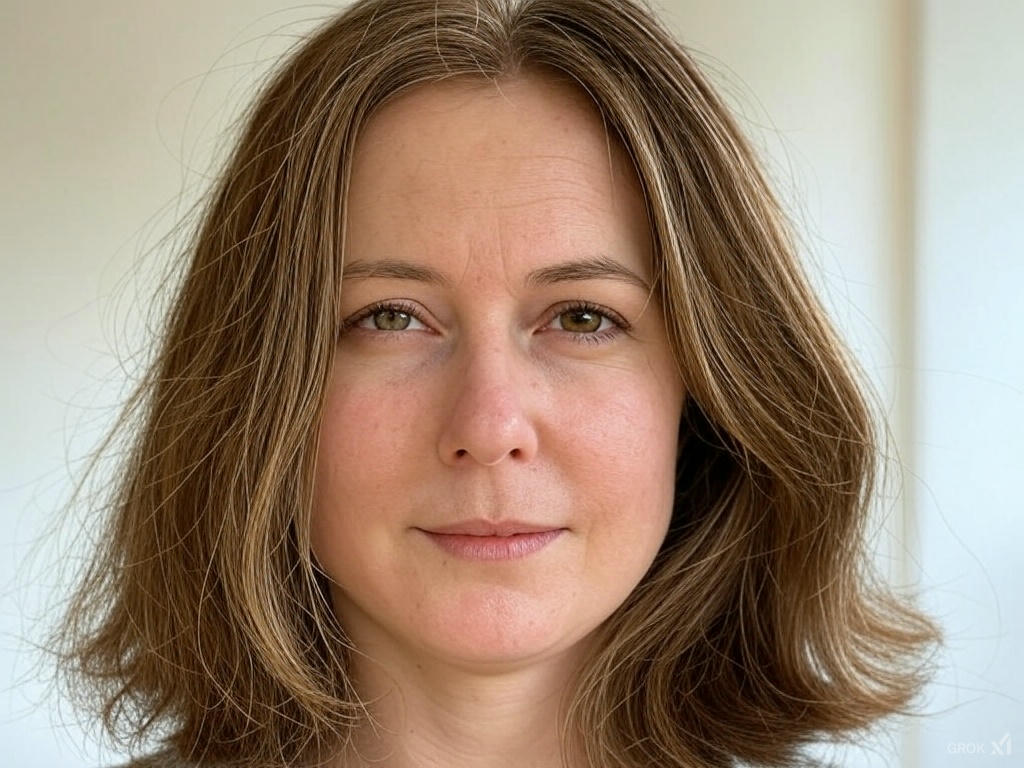
Hair thinning with age may feel like an unwelcome rite of passage, but it’s not a fate you have to accept silently. By understanding the causes—from shrinking follicles to environmental wear—and embracing proactive solutions, you can keep your hair looking its best. Whether it’s tweaking your diet or exploring resources like Hottie Hair’s Comprehensive Guide to Hair Loss Treatment in Las Vegas, there’s hope for maintaining a fuller head of hair well into your later years.
FAQs Hair Thinning & Aging
Why does hair get thinner with age?
Hair thins as we age because hair follicles shrink and the growth phase of the hair cycle shortens, producing finer, shorter strands. The scalp’s support system weakens too, with less collagen and elastin, reducing density. It’s a natural process that varies in intensity from person to person.
How do hormones affect hair as we get older?
Hormonal shifts, like lower estrogen in women or higher DHT in men, weaken hair follicles and slow growth as we age. These changes, common during menopause or andropause, make strands thinner and less resilient. Managing these shifts can sometimes lessen their impact on hair.
Can poor nutrition really cause thinning hair in older adults?
Yes, as we age, the body absorbs nutrients like iron and biotin less efficiently, leaving hair follicles underfed and prone to thinning. Slower metabolism and circulation compound the issue, making a balanced diet crucial to support hair health in later years.
Does sun exposure make hair thinner over time?
Years of sun exposure break down hair’s keratin and inflame the scalp, weakening strands and contributing to thinning as we age. Combined with pollution and styling damage, this environmental wear accelerates hair loss. Protective measures can help slow the process.
Is age-related hair thinning the same for men and women?
While both experience thinning, men often see it as pattern baldness driven by DHT, whereas women tend to have diffuse thinning tied to estrogen drops. The causes overlap—follicle shrinkage and nutrient decline—but the patterns and hormonal triggers differ between genders.
Can I stop my hair from thinning as I age?
You can’t fully stop age-related thinning, but you can slow it with a nutrient-rich diet, gentle care, and treatments like minoxidil. Boosting scalp circulation and minimizing damage also help. It’s about management, not a complete reversal of aging’s effects.
How long does it take to see results from hair thinning solutions?
Improvements from diet or treatments can take 3-6 months, as hair grows slowly and needs time to reflect changes. Consistency matters, and results vary based on your age, health, and the severity of thinning. Patience is key to seeing thicker hair.
Are hair loss products safe for older adults?
Most products like toppers or minoxidil are safe for older adults, though it’s wise to consult a doctor, especially if you’re on medications. Gentle options from places like Hottie Hair’s Hair Loss Solution page can complement other efforts without harsh side effects.
Does stress make age-related hair thinning worse?
Stress can worsen thinning by raising cortisol, which disrupts the hair cycle and compounds aging’s natural effects. Managing stress through relaxation or exercise supports follicle health, helping to offset some of the thinning tied to getting older.
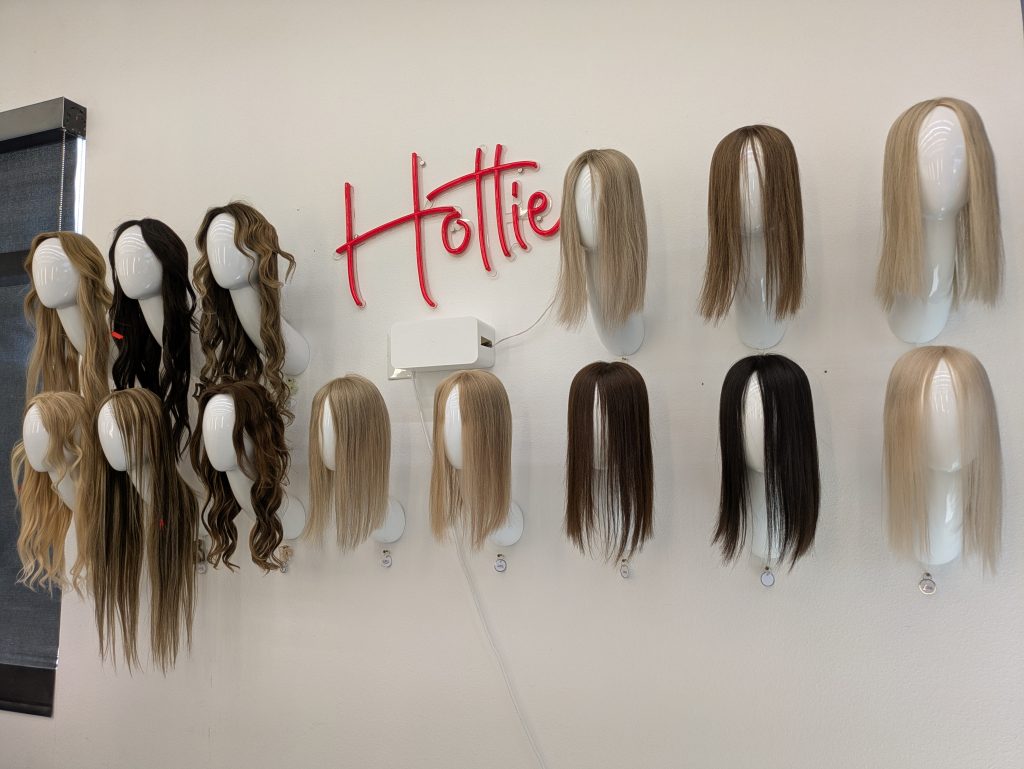
Where can I learn more about fighting hair thinning?
For expert tips and options, check out Hottie Hair’s Comprehensive Guide to Hair Loss Treatment in Las Vegas. It dives deeper into solutions like mesh integration to tackle thinning with confidence.
You must be logged in to post a comment.